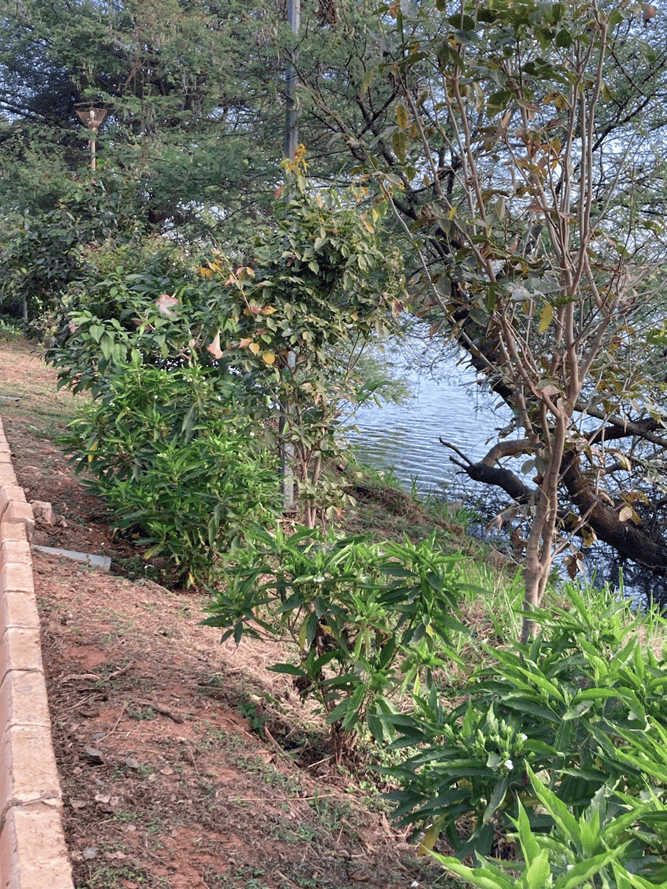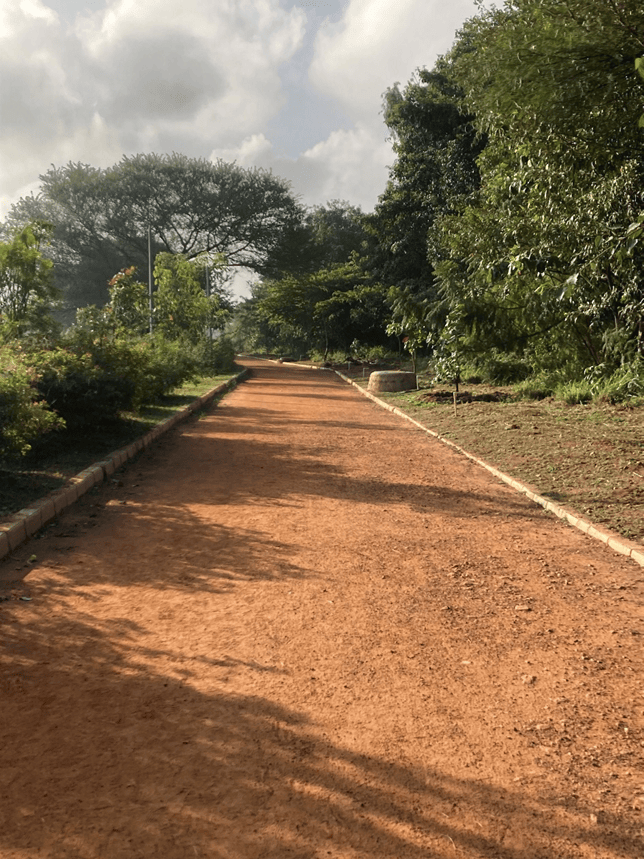Ever wondered why a lake has so many fish kills, algal blooms, or worse yet, a lingering stench that will make you cringe when you pass by? They are a result of the absence of certain assets, which are essential to keep the lake body clean and healthy. The issue of foam-covered water that has made Bellandur lake and Varthur lake infamous remains unsolved and is essentially a result of untreated sewage water and industrial waste being released into the lakes and not treated properly.
The current scenario
A news article revealed that 201 lakes in Bengaluru city are under BBMP’s jurisdiction and 63 lakes were restored at a cost of Rs 345.85 crore between 2019 and 2022. In 2023-24, the civic body has plans to restore an additional 69 lakes. While these efforts of the BBMP should be applauded, it begs the question of what has been done in the name of rejuvenation, maintenance and repair of these lakes? Which lakes have been restored and how much has been spent on creating assets? These are all relevant questions that any conscious citizen would want honest answers to.
If you ask, what is a lake asset? In the simplest terms, a lake is not merely a water body but an entire ecosystem, which is supposed to consist of resources or assets that make up the complex system.
Read more: Beloved neighbourhood lake designated as a CA site, leased to a private trust
In September 2023, Citizen Matters organised a masterclass on lakes where two lake activists, Ram Prasad and Nagesh Aras, from Friends of Lakes, deconstructed the framework of asset management. They stressed how it is beneficial to look at lakes as water recharge bodies and flood mitigation zones given the fact that Bengaluru imports water all the way from Cauvery river, meeting less than 50% of the city’s water needs, and several parts of the city get flooded every year where the excess water can drain into lakes. Apart from the biological resources that make up a lake ecosystem, there are certain physical resources that have evolved as part of a modern lake design.
Different types of assets
There are essentially three types of assets: Core assets or must-have assets that fall in the ecological zone, peripheral assets or good-to-have assets, and cosmetic assets or nice-to-have assets, both of which fall under the social zone and lake periphery. The following table shows the three different zones of a lake that were explained during the masterclass:
| Ecological Zone | Social Zone | Lake Periphery |
| Interceptor channel | Garden | Gate |
| Sluice gate at inlet and outlet | Trees and bushes | Approach road |
| Silt trap | Butterfly Park | Fencing |
| Debris trap | Walking/biking track | Water Supply system (for garden and toilets) |
| STP (Sewage Treatment Plant) | Lighting | CCTV system |
| Wetland | Toilets | |
| Stabilisation pond | Gazebo | |
| Lake body | Amphitheatre | |
| Aerators | Children’s play area | |
| Bund | Recreation facilities | |
| Rock lining of the bank | Kalyani | |
| Weirs | ||
| Borewells | ||
| Jackwells |
Source: Nagesh Aras
Due to rapid urbanisation and industrialisation of the city, over 60% of sewage water ends up in the lakes through the network of stormwater drains, thus polluting the lake and contaminating groundwater. Therefore, it is important to ensure that the sewage is treated before it enters the lake, which is why they should have a functional sewage treatment plant (STP), an asset that is defective in both Bellandur lake and Varthur lake.
An ordinary citizen’s imagination of a lake and an environmentalist’s view of what a lake is are at constant odds and this tussle is perhaps what makes the entire process of lake rejuvenation a murky business. An ordinary citizen’s imagination of a lake is often limited to a jogging or walking park, a cement pathway, an open gym, a children’s play area or an open-air amphitheatre. An environmentalist, however, would argue that a lake ought to be devoid of these cosmetic assets, which have more social value than contributing to maintaining the ecology of the lake.
Read more: Venkateshpura Lake: An ancient monument and grazing land at stake
Yelahanka Puttenahalli lake, which falls under the jurisdiction of the forest department, is an example of a lake which has been called a bird sanctuary and would be every environmentalist’s dream. A unique feature of this lake is that 70% of it comprises a wetland and it is a hotspot for different kinds of birds, which are not found anywhere else. But how does one arrive at a balanced solution and one which is not at two extremes of the spectrum?
What is Lake Rejuvenation?
To understand lake assets better, one must first understand what lake rejuvenation means. Lake rejuvenation is simply the process of bringing a lake back to its former pristine condition by creating assets that mainly prevent eutrophication, which is a major cause of biodiversity loss in the form of fish kills, lack of migratory birds and so forth. Rejuvenation makes the water clean and fit for use by different people like farmers, citizens and fishermen who fish in the lake.

When a lake undergoes rejuvenation, it can take up to a year or more for a lake that is 50 hectares or more and the process involves dewatering, desilting and creating bunds along the periphery of the lake body. These processes are what create core assets, which help maintain the health of the lake. Other core assets include functional weirs, silt and garbage traps, feeder channels all of which are listed in the table above.
For example, a sewage treatment plant (STP) is a core asset and part of the ecological zone, which ensures that sewage water entering the lake is treated properly. A wetland is also a core asset of the lake that acts as a natural water purifier by getting rid of excess nutrient content in the water.
Expert view
Shashank Palur, a hydrologist and lake conservationist, pointed out in an interview the lack of transparency with respect to the financial aspect of the detailed project report (DPR). There are three sections A, B and C in a DPR, but usually the financial and design sections are not available for public viewing despite filing RTIs on several occasions.
He also emphasised that what is essential to ecologically-sound lake restoration is the design element. Since no two lakes are the same, urban planners must treat every lake differently and design the assets specific to the dimensions of the lake and its functions. While the current trend shows that rejuvenated lakes have a roughly 1:10 ratio of wetland to water body, these ratios should ideally be decided by the quality of water coming into the lake.
An interesting thought exercise is if lake rejuvenation happens at the rate of one lake per year (following all the processes involved in lake restoration), urban planners would need a minimum of 200 years to restore Bengaluru’s 200 plus lakes. That is an incredible delay in reviving lakes, which in reality need immediate attention. Therefore, a systematic audit of the lakes needs to be carried out promptly with the help of citizens to understand the status of each asset and whether it is functional or needs to be repaired or maintained.
Write to us at bengaluru@citizenmatters.in about the condition of your neighbourhood lake.

Madhushree,
Pls also study the book titled ” Lake rejuvenation in urban landscape”case of Sarakki lake dist by amazon.
I shall be happy to have your review.
Professor K S Bhat
Am happy to read citizen matters in related to Total environment, civic rights , Participation and education,